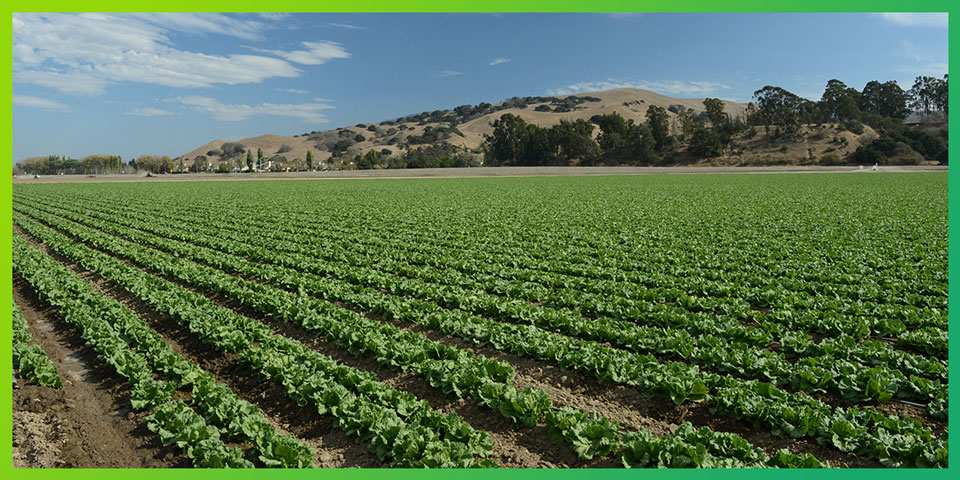A brief review of the function and benefits of both calcium and potassium highlights their importance in crop production:
– A key component of cell wall formation and structure.
– Essential for strong and unrestricted root growth.
– Critical for soil structure.
– Nutrient and water transport.
– Osmotic regulation.
– Stomate regulation.
– Enzyme and protein regulation.

Most crops greatly benefit from enhanced calcium and potassium nutrition. There exists an inherent challenge in that calcium and potassium (important plant cations) compete for uptake and metabolic activities within the plant. A luxury consumption of either nutrient at a physiologically critical stage can be very detrimental to crop performance.
1. Make calcium inputs and availability the priority from early reproductive stages and throughout cell development. This stage of cell development cannot be compensated for later in the season.
2. Provide the key benefits of potassium very early season by using multiple, light applications. The definition of “light” will greatly depend on the input selected and the relative performance.
3. As cell development in the crop ends and the cell enlargement occurs, shift the priority to potassium nutrition.
As you are approaching calcium and potassium input applications, make sure your program answers the nutritional needs of the crop. Make sure to evaluate your potassium and calcium inputs, understand the technology behind those inputs, and ask yourself, “Are these the best inputs for my crops?”
At Redox, we have made advancements in bio-nutrient fertilizers to increase efficacy, lower inputs, and improve yields.
To learn more, talk to your Redox Agronomist today!
Questions? Want to know more about Balancing Calcium and Potassium Nutrition?
Subscribe to receive our Redox Bio-Nutrients updates